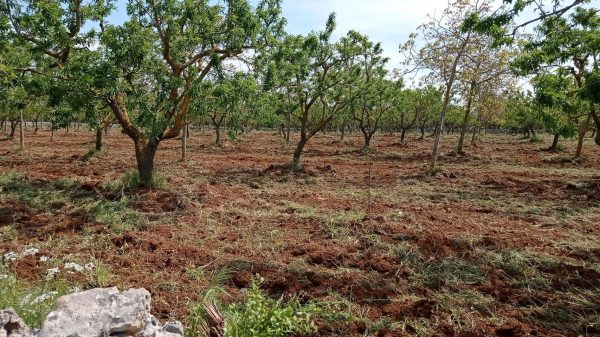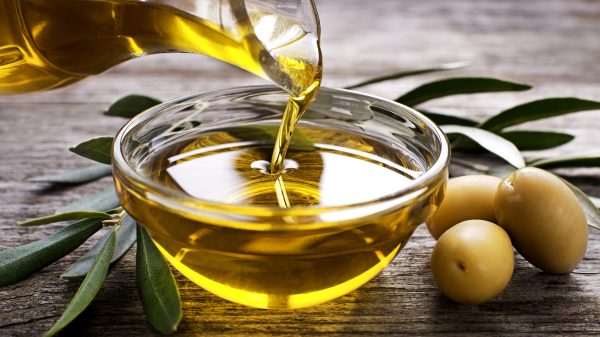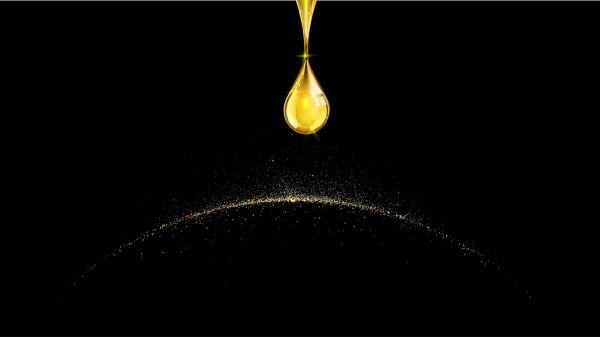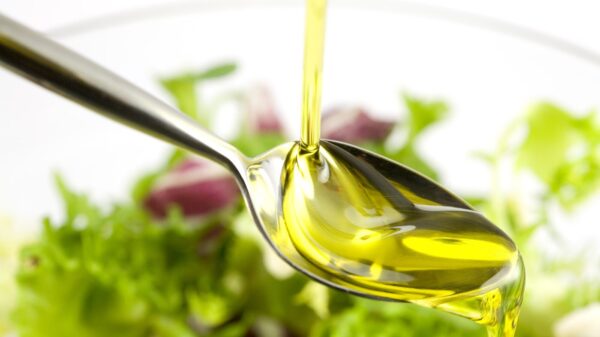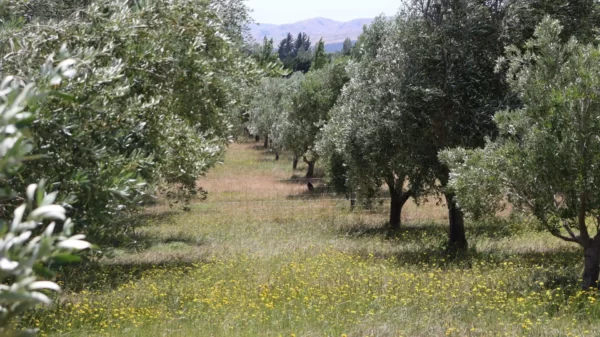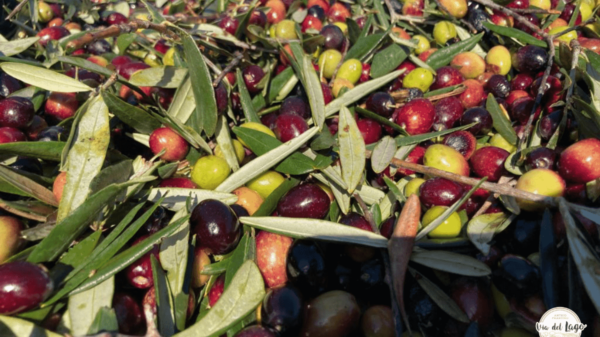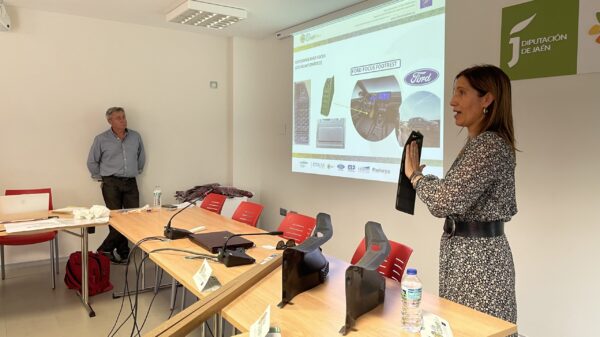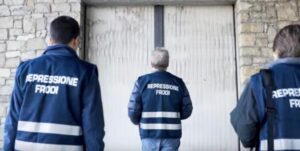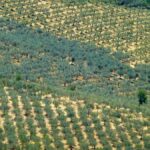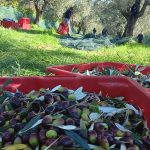by MAURIZIO SERVILI
from GERGOFILI.INFO

Climate change poses increasingly relevant and in some cases dramatic challenges to our agri-food system. Some supply chains are proving to be particularly susceptible and vulnerable to changing environmental conditions, unfortunately including the olive oil supply chain.
To frame the problem correctly, it must be remembered that, despite having seen the cultivation of olive trees in the last thirty years, an expansion into geographical areas located outside the Mediterranean basin, nevertheless a large part of the olive production worldwide is still concentrated within the aforementioned area. In fact, it should be remembered that Spain alone produces just over 40% of the world's production and by putting together the product volumes of other Mediterranean countries we arrive at around 90% of the olive oil obtained on a global scale.
This means that atypical climatic events, connected to climate change, which can compromise the production of olive oils within the Mediterranean area, lead to product losses of such magnitude that they cannot be replaced, if not marginally, by possible increases of production, which could occur in producing countries outside the aforementioned area.
A striking proof of what has been stated is to be found in what occurred last year, when Spanish production suffered, due to the high and prolonged summer temperatures, associated with a persistent drought, a reduction of almost 50% compared to the production averages of the previous years and, unfortunately, something similar is expected for the now imminent new olive oil campaign. Also in this case, Spain is the country most directly involved due to the poor fruit setting due to the drought and the high temperatures recorded, during flowering and fruit setting, in Andalusia, the most important Spanish olive production area.
This means that when a country like Spain which alone produces around 1,2-1,4 million tonnes of oil (around 40% of the world's oil) suffers production problems, there is little use in terms of compensation on the missing volumes, the potential production increases of other Mediterranean countries, Italy in the lead, which now stands stable between 200.000 and 350.00 tonnes of oil per year (between 8% and 10% of world production).
What has been said poses a new problem on the world market of olive oils which is that of the strong variability of supply, variability which this year has translated into unprecedented upward variations in sales prices, an element which, if prolonged over time , will only be to the detriment of consumption. Let's be clear, global olive production has also shown fluctuations in previous years but it should be pointed out that, thanks to the entry into production of new olive groves in various countries, the production trend has always been growing, as has consumption. It took us more than thirty years to go from just over 1,5% of global vegetable oil consumption to almost 3%, but at the moment there is a real risk that the reduction in consumption will be much more sudden than its slow growth thirty years.
What to do then? We certainly cannot hope that the climate will slowly or, much less, quickly return to what we once defined, not without a reassuring sense of protection, as the "Mediterranean climate". We must therefore, as far as possible, adapt as the Sapiens have always done at least in the last 30.000 years of uncontested permanence on this planet. What does adapt mean in this case? Certainly adopt cultivation choices in the olive growing field that could, at least in part, mitigate the devastating impact of climate change on production. We don't have the space to dwell on this point, but I would like to launch some provocations. The first aspect, which primarily concerns Italian olive growing, is to make the existing plants productive so that the national olive growing platform, potentially capable of producing more than 500.000 tons of oil, does not stably place itself at half of this value, a problem that due, in most cases, to the adoption of irrational or non-existent agricultural practices applied in an increasingly significant part of the olive groves belonging to the Apennine belt of central and northern Italy.
These critical issues which, in association with the age of the plants and often of the operators, are the basis of the low productivity and the strong production alternation of the aforementioned national olive growing area. It is worth underlining that, if we add anthropic ones to the problems of climate change, the consistency of production in the olive sector will increasingly represent a chimera. Assuming and not granting that we will be able to reverse the trend of abandonment in Italy together with the application of hobby practices in our traditional olive groves, the problem of how to orient the new plantings still arises. For the future we should carefully reflect on the production model to be applied to the new olive growing starting from the valorization of biodiversity.
Examples of what has been stated may be the planting of cultivars less sensitive to thermal or water stress during flowering and fruit setting or the combination, on the same area, of cultivars with scalar flowering and ripening periods, therefore more elastic and able to escape to the heat peaks observed, for example, in the last two years in Spain, which limit the fruit setting or subsequent ripening of the same with evident drops in olive and oil production. The expansion of the varietal platform in the different geographical areas could therefore guarantee greater consistency in production as well as, in some cases, improve the quality of the product.
Another key element in which biodiversity in olive trees is the protagonist is the choice of cultivars and production models that allow for the reduction of water consumption, given that the lack of water for the irrigation of olive groves and periods of prolonged drought will unfortunately represent a constant for the production conditions of the near future. In this context, for example, in the eternal debate, at least in Italy, between intensive and super intensive models, we have scientific data that allow us to understand how the two models behave in conditions of low water availability linked to drought and reduced water availability for irrigation? It would be important to know this, because at the moment, the water footprint has been interpreted only as water consumption per kilogram of oil produced, with respect to which plants which, in optimal agronomic conditions, have greater production efficiency show lower water consumption values.
But the question is: when the availability of water per hectare of olive grove becomes a limiting factor, what happens to the two production models? It would be interesting to know it given that at the moment, in new plants the super intensive model is the most popular. The time has perhaps come to rethink the production objectives of traditional and modern olive growing in the light of a vision of cultural and, I would say, cultural sustainability, which is increasingly aware of the changed climatic and environmental conditions in which Mediterranean olive growing and not only will find itself operating.
